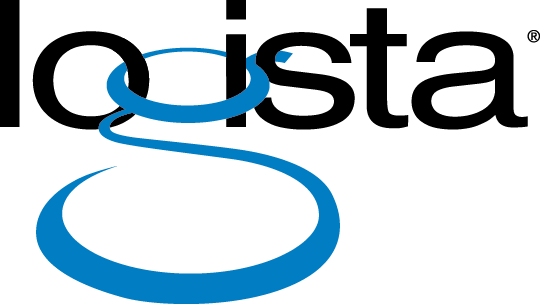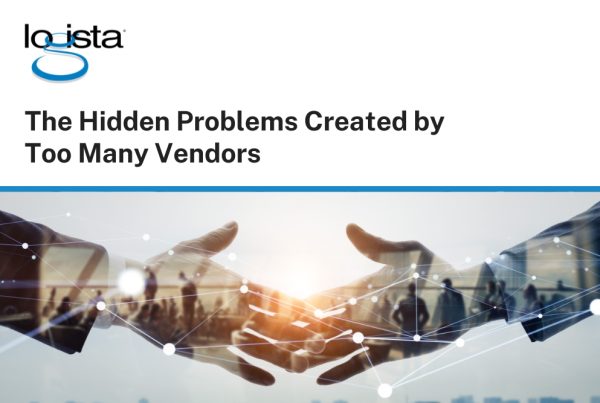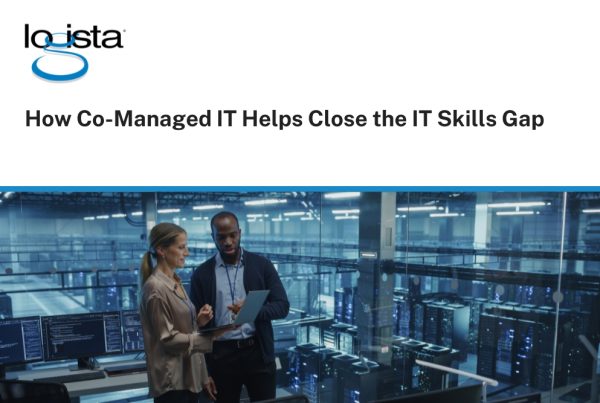Networked printers are an important part of our daily office lives, allowing us to share and print documents easily. However, as cyber threats increase in sophistication and frequency, security needs to be high on the priority list. Hackers target networked printers because they often lack security and as a result give them easy access to your network.

These best practices can help keep your network and printers secure.
1. Regular Firmware Updates: Keeping your network printer’s firmware up to date is essential. Manufacturers release updates on a regular basis that address security vulnerabilities. By regularly checking for, and installing, firmware updates you can protect your networked printer from danger.
2. Strong Passwords and User Authentication: Secure passwords act as the first line of defense against unauthorized access. When setting up your networked printer, ensure that strong, unique passwords are used for both the admin account and individual user accounts. Additionally, enable user authentication to restrict access to authorized personnel only.
3. Network Segmentation: Isolating your networked printer from other devices on the network can help minimize risks. Creating a separate VLAN (Virtual Local Area Network) specifically for the printer ensures that it remains unaffected by any malicious activity on the rest of the network.
4. Access Control: Implementing access control measures allows you to limit who can print, scan, or access specific features. By granting permissions based on job roles and responsibilities, you can reduce the risk of unauthorized usage and protect sensitive data.

5. Secure Printing and Document Management: Enable secure printing features such as PIN or ID card authentication, which require users to be present at the printer to release their print jobs. This prevents confidential documents from being left unattended and reduces the possibility of unauthorized access.
6. Encryption and Data Protection: Enabling encryption protocols, such as SSL/TLS, will make sure that data transmitted between devices and the networked printer remains secure. Consider implementing hard drive encryption to protect sensitive information stored on the printer’s internal storage.
7. Regular Monitoring and Audit Trails: Implement a system to monitor and log printer activities, including print jobs, user access, and authentication attempts. Regularly review these audit trails to detect any suspicious activity and promptly address potential security breaches.
8. Physical Security: Protecting your printer physically is equally important. Ensure that the printer is placed in a secure location, preferably with limited access. Additionally, consider implementing measures such as proximity card readers or surveillance cameras to prevent unauthorized tampering.
9. Employee Awareness and Training: Educating employees about network printer security best practices is key. Conduct regular training sessions to raise awareness about potential risks, teach safe printing habits, and reinforce the importance of maintaining a secure printing environment.
10. Vendor Support: Stay informed about any security updates or patches released by your printer’s manufacturer. Regularly check their website or subscribe to their notifications to ensure you are aware of any security vulnerabilities and can take necessary actions promptly.
By following these network printer security best practices, you can create a safe and secure printing environment. Making network printer security a priority not only protects your valuable information but also fosters a productive and trustworthy work environment.
About Logista Solutions
Logista Solutions is a nationally recognized leader in a broad range of technology management solutions. As one of the largest technology support providers in the U.S., Logista provides innovative and holistic solutions to help companies take control of their IT infrastructure and achieve better business outcomes. Popular services include Managed IT as a Service, VoIP and Unified Communications, Managed Print, Cloud Services and Asset Disposition.



